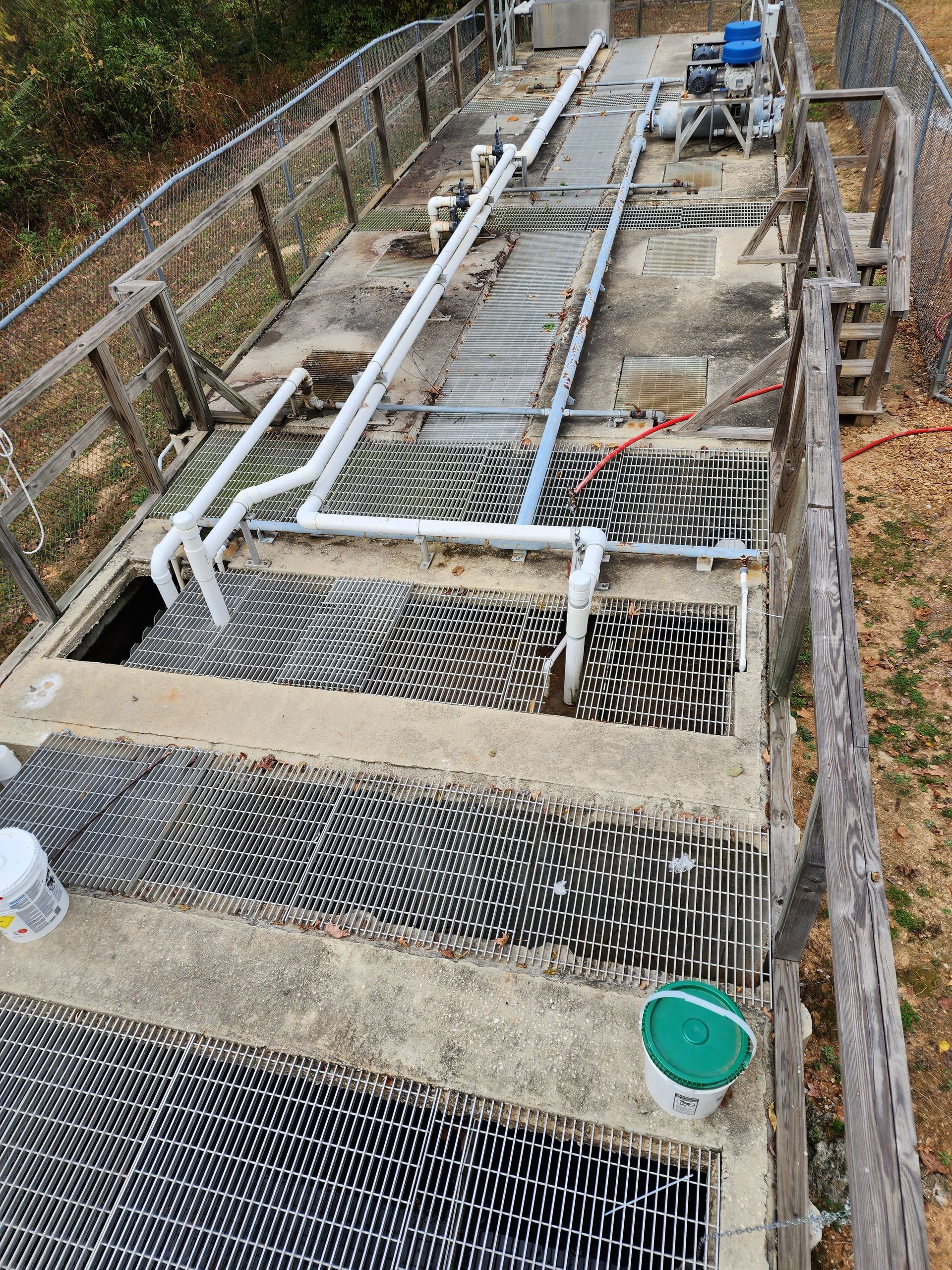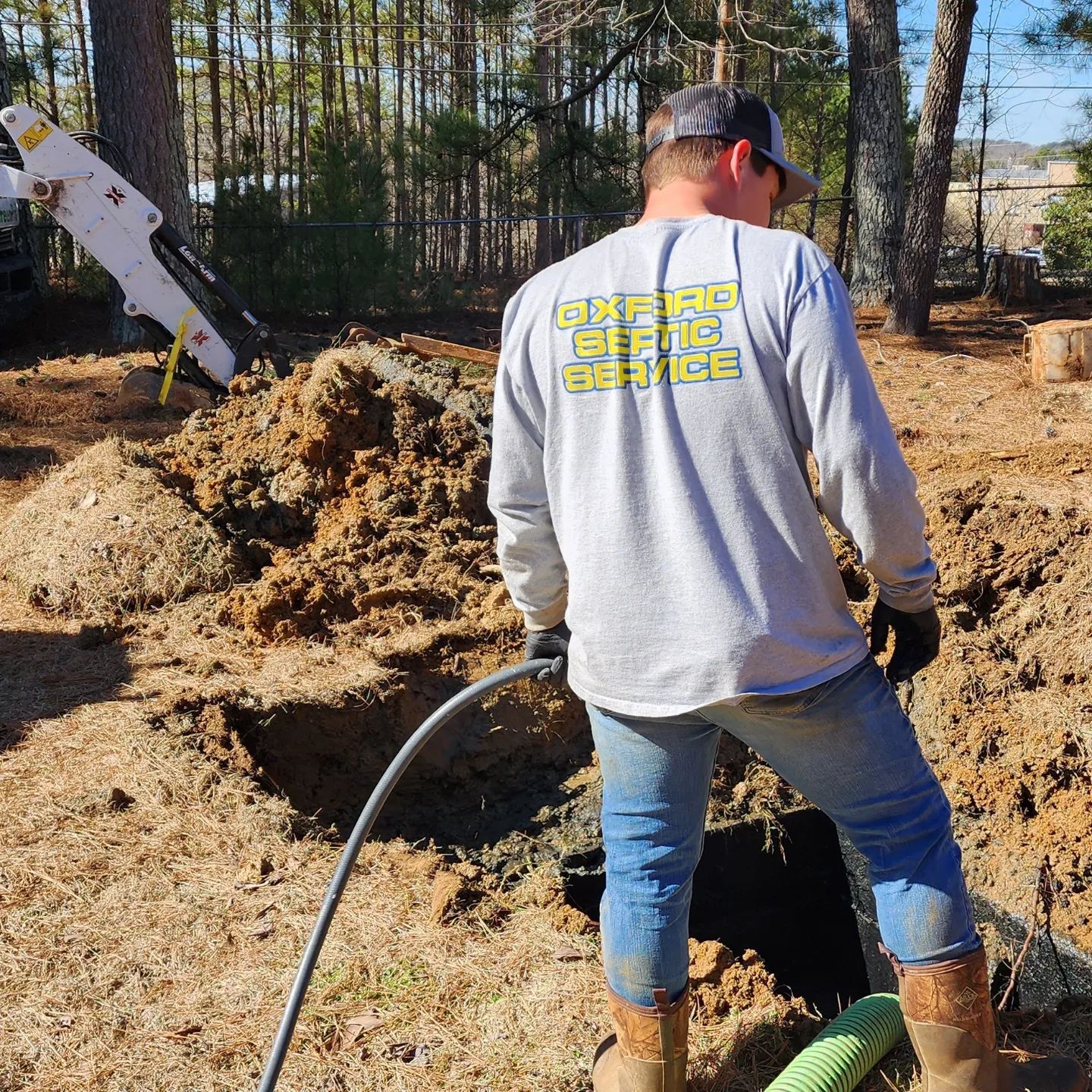Commercial vs. Residential Septic Systems: Key Differences and Maintenance Tips
December 11, 2024
Septic systems are vital for managing wastewater in both residential and commercial settings, but they differ significantly in terms of scale, usage, and maintenance requirements. Understanding these differences is essential for effective maintenance and optimal system performance. In this guide, we'll explore the key distinctions between commercial and residential septic systems and provide valuable maintenance tips tailored to each type.
Chapter 1: System Design and Capacity
Explanation of the differences in system design between commercial and residential septic systems, including tank size, distribution methods, and drain field configuration
Discussion of how commercial systems are typically larger and more complex to accommodate higher wastewater volumes and larger occupant loads
Tips for homeowners and business owners on understanding their system's design and capacity requirements to ensure proper functionality and compliance with regulatory standards
Chapter 2: Usage Patterns and Load Factors
Overview of the varying usage patterns and load factors that distinguish commercial and residential septic systems, such as water consumption, waste composition, and frequency of use
Explanation of how commercial establishments, such as restaurants, hotels, and industrial facilities, often produce higher volumes of wastewater and more challenging waste streams than residential households
Guidance on implementing water conservation measures and waste management practices to minimize the impact on septic systems and prolong their lifespan
Chapter 3: Maintenance Requirements
Comparison of the maintenance requirements for commercial and residential septic systems, including pumping frequency, inspection intervals, and regulatory compliance obligations
Discussion of the importance of routine maintenance tasks such as tank pumping, inspections, and bacterial treatments in preventing system failures and environmental contamination
Tips for business owners on developing comprehensive maintenance plans and working with qualified septic service providers like Oxford Septic Services to ensure compliance with local regulations and industry best practices
Chapter 4: Environmental Considerations
Examination of the environmental implications of commercial and residential septic systems, including nutrient pollution, groundwater contamination, and ecosystem degradation
Discussion of how proper maintenance practices and responsible waste management can minimize the environmental impact of septic systems and protect natural resources
Case studies highlighting successful environmental stewardship initiatives undertaken by businesses and homeowners in partnership with Oxford Septic Services
Conclusion:
While commercial and residential septic systems share some similarities, they also have distinct differences in design, usage, and maintenance requirements. By understanding these disparities and implementing tailored maintenance strategies, property owners can ensure the long-term functionality, regulatory compliance, and environmental sustainability of their septic systems. Contact Oxford Septic Services today to learn more about our comprehensive maintenance solutions for both commercial and residential properties.

Commercial properties rely on septic systems to manage wastewater efficiently and comply with environmental regulations. Proper maintenance is crucial to prevent system failures, protect public health, and ensure uninterrupted business operations. In this guide, Oxford Septic Services shares valuable tips to help business owners maintain their commercial septic systems effectively. Chapter 1: Understanding Commercial Septic Systems Overview of the components and functioning of commercial septic systems, including tanks, pipes, and drain fields Explanation of the differences between residential and commercial septic systems, such as larger capacity requirements and higher wastewater volumes Chapter 2: Implementing Regular Maintenance Practices Importance of scheduling routine maintenance tasks, such as septic tank pumping, inspections, and grease trap cleaning, to prevent system failures and maintain compliance with regulations Tips for creating a maintenance schedule and partnering with qualified professionals, like Oxford Septic Services, to ensure timely service Chapter 3: Monitoring System Performance Discussion of the importance of monitoring system performance indicators, such as wastewater flow rates, effluent quality, and odors, to detect issues early and prevent costly repairs Recommendations for installing monitoring devices, such as flow meters and alarm systems, to provide real-time feedback on system health Chapter 4: Implementing Best Practices for Waste Management Explanation of best practices for managing wastewater generated by commercial operations, including proper disposal of grease, chemicals, and other contaminants Importance of educating employees about the impact of their actions on the septic system and providing training on proper waste management procedures Chapter 5: Maintaining Compliance with Regulatory Requirements Overview of regulatory requirements for commercial septic systems, including permitting, reporting, and record-keeping obligations Tips for staying informed about local regulations and working with regulatory agencies to ensure compliance Chapter 6: Planning for Emergency Situations Importance of developing an emergency response plan to address system failures, leaks, and other unforeseen events promptly Recommendations for establishing relationships with emergency service providers, like Oxford Septic Services, to ensure rapid response and minimize downtime Conclusion: Proper maintenance is essential for ensuring the reliable operation of commercial septic systems and protecting public health and the environment. By implementing regular maintenance practices, monitoring system performance, and staying informed about regulatory requirements, business owners can minimize the risk of system failures and ensure compliance with environmental regulations. With the support of experienced professionals like Oxford Septic Services, commercial property owners can maintain efficient and reliable septic systems for years to come.

Septic systems play a crucial role in managing wastewater for millions of homes and businesses across the country. Regular maintenance is essential to ensure these systems function efficiently and avoid costly repairs. In this guide, Oxford Septic Services sheds light on the importance of regular septic system maintenance and provides valuable insights to help homeowners and business owners understand why proactive care is essential. Chapter 1: Preventing System Failures Explanation of how regular maintenance, including septic tank pumping and inspections, helps prevent system failures by identifying and addressing issues before they escalate Examples of common problems that can lead to system failures, such as clogs, leaks, and drain field saturation, and how proactive maintenance can mitigate these risks Chapter 2: Protecting Property Value Discussion of how a well-maintained septic system enhances property value by providing reliable wastewater treatment and minimizing the risk of property damage from system failures Importance of maintaining accurate maintenance records and ensuring compliance with local regulations to demonstrate the system's integrity to potential buyers Chapter 3: Safeguarding Health and Safety Overview of the health and safety hazards associated with neglected septic systems, including groundwater contamination, exposure to pathogens, and foul odors Role of regular maintenance in safeguarding public health and protecting the environment from the harmful effects of untreated wastewater Chapter 4: Extending System Lifespan Explanation of how regular maintenance extends the lifespan of septic systems by reducing wear and tear on system components and preventing premature failure Importance of proactive care in preserving the structural integrity of tanks, pipes, and drain fields to avoid costly replacements Chapter 5: Minimizing Environmental Impact Discussion of the environmental benefits of regular septic system maintenance, such as reducing nutrient pollution, preserving water quality, and conserving natural resources Role of environmentally friendly maintenance practices, such as soil aeration and bioaugmentation, in minimizing the ecological footprint of septic systems Chapter 6: Compliance with Regulations Overview of regulatory requirements for septic system maintenance, including pumping frequency guidelines, inspection mandates, and reporting obligations Importance of staying informed about local regulations and working with licensed professionals, like Oxford Septic Services, to ensure compliance and avoid penalties Conclusion: Regular septic system maintenance is essential for protecting property value, safeguarding health and safety, and minimizing environmental impact. By understanding the importance of proactive care and partnering with trusted professionals like Oxford Septic Services, homeowners and business owners can ensure their septic systems remain reliable and efficient for years to come.
